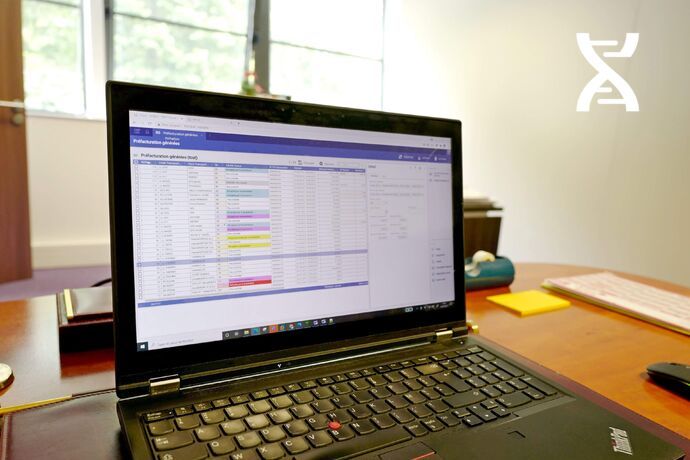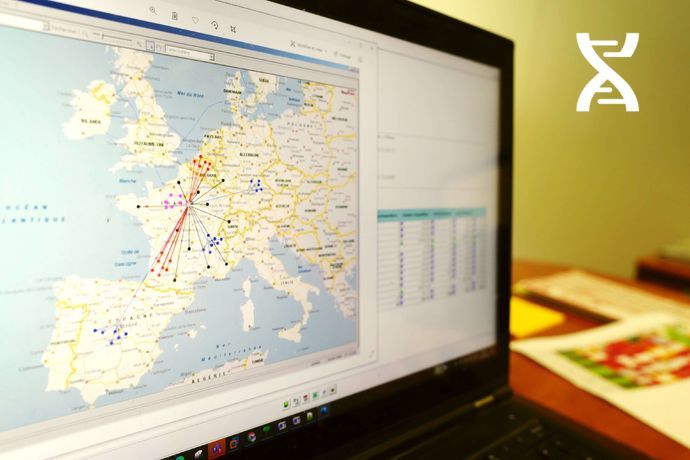TMS: what are the advantages for shippers and carriers?
In operational terms
The shipper TMS optimizes transport orders, selecting the right carrier and monitoring order execution in real time. The carrier TMS optimizes routes, calculates delivery times, manages kilometers traveled, and takes into account social and fleet-related constraints.
In terms of customer service
The loader's TMS is responsible for monitoring transport times at each stage of delivery, whereas the carrier's TMS enables real-time tracking of the goods' journey.
Cost control
The shipper's TMS aims to offer better traceability and a simplified invoicing process. It enables intuitive visualization of cost differences between service providers. The carrier TMS aims to make the vehicle fleet more profitable, reduce the cost of the last kilometer and provide calculations of additional routes.








